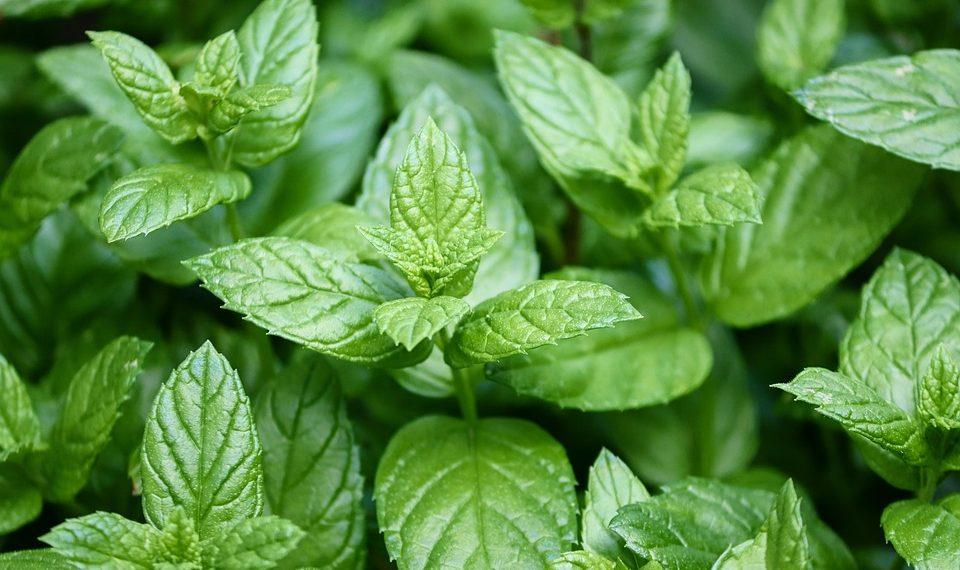Feeling that all-too-familiar throb in your temples? Peppermint tea eases your headaches fast! It’s true. This isn’t just another herbal remedy; it’s a soothing elixir that can transform your discomfort into calm.
Headaches are more than just an inconvenience. They can disrupt your day, drain your energy, and cloud your focus. Whether it’s tension, migraines, or sinus pressure, finding relief is crucial. That’s where peppermint tea comes in, offering a natural and delightful way to soothe your aches without the side effects of over-the-counter medications.
Contents
- What Makes Peppermint Tea Special?
- 1. Menthol Magic: Cooling Relief
- 2. Muscle Relaxation: Tension Tamer
- 3. Aromatherapy on a Cup
- 4. Digestive Aid: A Happy Gut Means a Happy Head
- 5. Hydration Hero: Sip Away Dehydration
- 6. Caffeine-Free Comfort: A Soothing Ritual
- 7. Quick DIY Peppermint Tea Remedies
- Bottom Line
- Frequently Asked Questions
What Makes Peppermint Tea Special?
Peppermint tea is made from the leaves of the peppermint plant, a hybrid of water mint and spearmint. Its active ingredient, menthol, is what gives it that refreshing taste and cooling sensation. But its benefits go beyond flavor.
Studies show that peppermint can help reduce headache intensity and frequency. Its muscle-relaxing properties can ease tension, while its aroma can stimulate your senses, making it a perfect companion for your wellness routine.
1. Menthol Magic: Cooling Relief
The menthol in peppermint tea acts like a breath of fresh air for your head. It’s not just about taste; this natural compound opens up your nasal passages, improving airflow and reducing sinus pressure. When your sinuses are clear, that tight feeling in your temples can often ease away.
- How to Use: Brew a cup of peppermint tea, inhale the steam, and let that menthol work its magic.
2. Muscle Relaxation: Tension Tamer
Have you ever noticed how stress can manifest in your body? Tension headaches are often the result of tight muscles in your neck and shoulders. Peppermint tea helps relax those muscles, allowing your body to release that built-up pressure.
- How to Use: Sip on warm peppermint tea while practicing deep breathing. Visualize your muscles unwinding with each sip.
3. Aromatherapy on a Cup
The scent of peppermint is invigorating. Inhaling the aroma can stimulate your mind, making you feel more alert and focused. This is especially beneficial if your headache is linked to fatigue or poor concentration.
- How to Use: Feel free to sip on your tea while keeping the cup close to your nose. Take deep breaths, letting that fresh scent uplift your spirits.
4. Digestive Aid: A Happy Gut Means a Happy Head
Sometimes, headaches can be triggered by digestive issues. Peppermint tea is well-known for its ability to ease digestive discomfort, reducing bloating and gas. When your gut feels good, your head often follows suit.
- How to Use: Drink a cup of peppermint tea after meals to promote better digestion and potentially ward off those pesky headaches.
5. Hydration Hero: Sip Away Dehydration
Dehydration is a common headache trigger. Staying hydrated is essential for maintaining overall health and preventing headaches. Peppermint tea is a flavorful way to boost your fluid intake.
- How to Use: Replace sugary drinks with peppermint tea throughout your day. Hot or iced, it’s a refreshing choice that hydrates without the added calories.
6. Caffeine-Free Comfort: A Soothing Ritual
If you struggle with caffeine-related headaches, peppermint tea offers a comforting alternative. It’s naturally caffeine-free, which means you can sip it any time of day without worrying about jitters or insomnia.
- How to Use: Make peppermint tea part of your evening routine. Enjoy a cup as you wind down, signaling to your body that it’s time to relax.
7. Quick DIY Peppermint Tea Remedies
Want to take your peppermint tea experience up a notch? Here are some simple recipes to enhance its headache-relieving properties:
-
Peppermint and Ginger Tea: Combine peppermint leaves with fresh ginger for an added anti-inflammatory kick. Ginger can help reduce nausea and improve circulation, making it a powerful ally against headaches.
-
Lemon-Peppermint Infusion: Add a splash of lemon juice to your peppermint tea. The vitamin C helps boost your immune system, while the citrus adds a refreshing zing.
-
Minty Herbal Blend: Mix peppermint with chamomile or lavender for a calming bedtime tea. Both chamomile and lavender are known for their relaxing properties, making this a perfect way to unwind.
Bottom Line
Headaches don’t have to dictate your day. With peppermint tea, you have a natural, effective remedy at your fingertips. From muscle relaxation to improved digestion, this delightful brew offers a variety of benefits that can help you find relief faster than you might think.
So next time that familiar ache creeps in, reach for peppermint tea. Let its soothing properties wash over you, and take a moment for yourself. You deserve it.
Frequently Asked Questions
Is peppermint tea safe for everyone?
Generally, yes. However, if you have certain medical conditions like GERD, you may want to consult your doctor first.
How many cups of peppermint tea can I drink in a day?
Most people can safely enjoy 2-3 cups a day, but listen to your body and adjust accordingly.
Can I use peppermint oil instead?
Yes! Peppermint oil can be effective, but always dilute it before applying to your skin, and avoid contact with your eyes.
Embrace the healing power of peppermint tea, and let it guide you toward a headache-free life. Cheers to your health!
Get Your FREE Natural Health Guide!
Subscribe now and receive our exclusive ebook packed with natural health tips, practical wellness advice, and easy lifestyle changes — delivered straight to your inbox.















